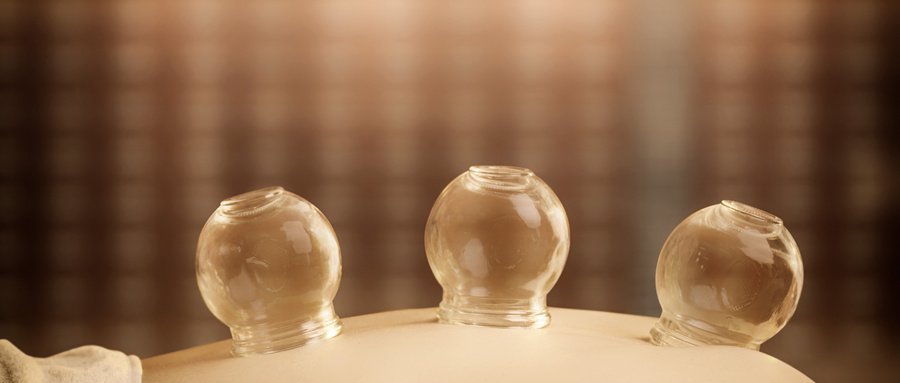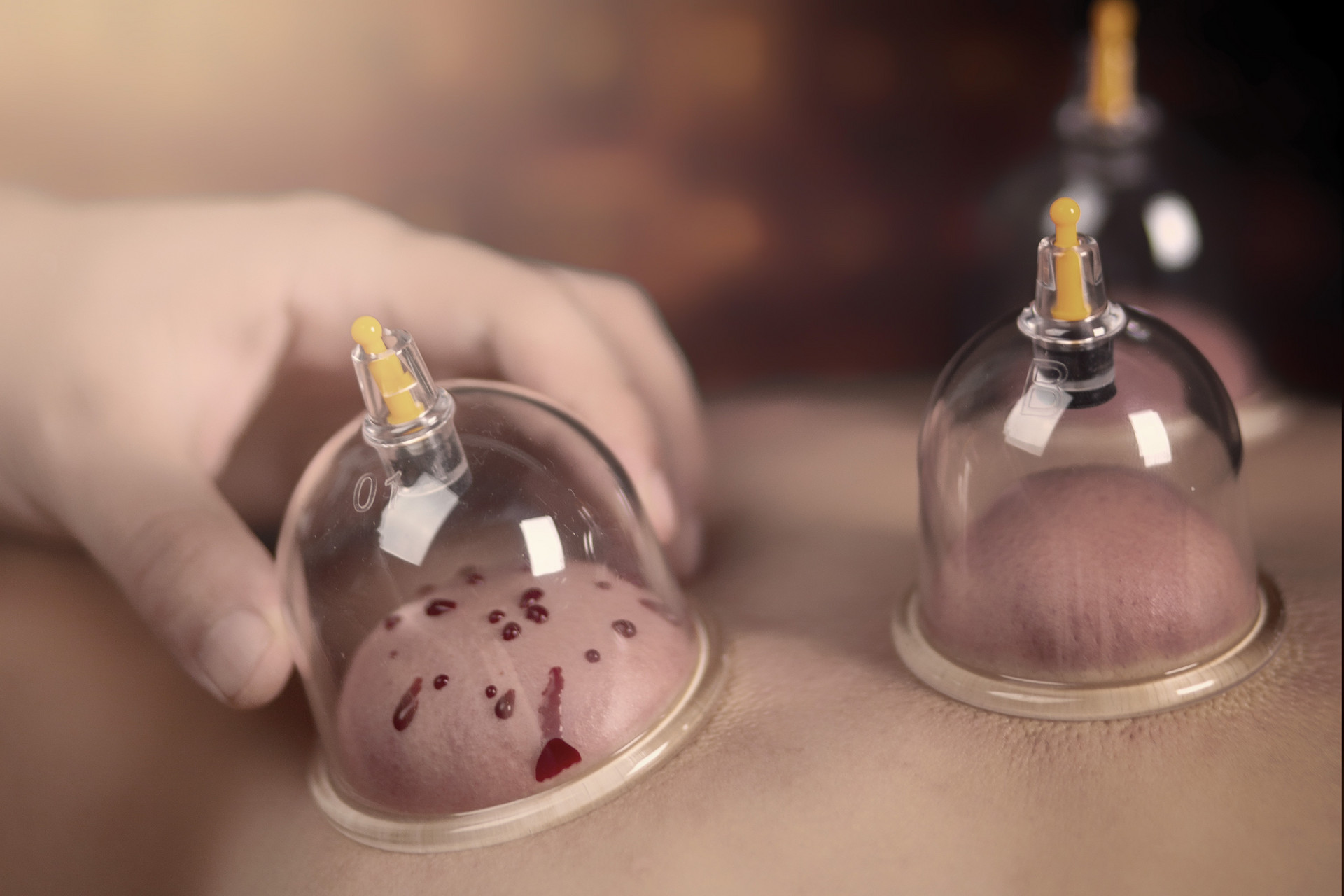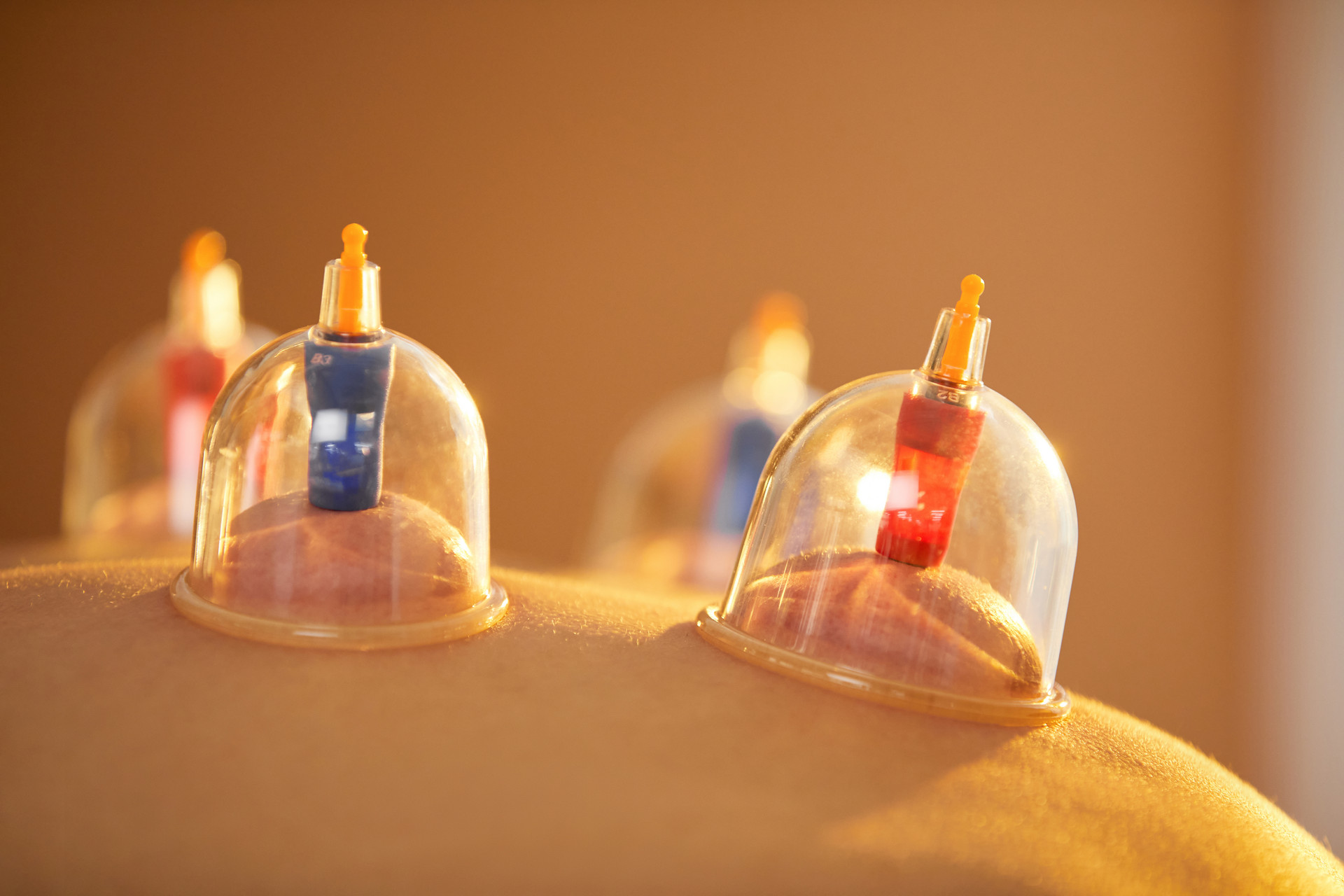(1) Cupping in the vicinity
Cupping in the vicinity refers to cupping at the site of pain or illness, specifically at the acupoint known as Ashi. The appearance of pain or illness is often due to the dysfunction of local meridians, such as blocked energy flow. Cupping at the site of pain or illness can adjust the function of the meridians, promoting smooth energy flow and alleviating pain, thereby achieving the goal of treating diseases.
Ashi acupoint is a commonly used acupuncture point in traditional Chinese medicine for treating pain or sensitive areas. It is also known as Tianying acupoint or indefinite acupoint. According to the "Ling Shu Jing Jin", "use pain as a guide", meaning that the location is determined based on the site of pain. The name Ashi acupoint was first mentioned in the book "Bei Ji Qian Jin Yao Fang". It does not have a specific name or fixed location, but is often used in the clinical treatment of pain-related conditions. Ashi acupoint also has diagnostic value in certain diseases. For example, if there is significant tenderness between 1-2 cun below the Zusanli acupoint on the lower leg, combined with clinical signs of lower right abdominal pain, it can assist in the diagnosis of appendicitis.
(2) Distant cupping
Distant cupping refers to cupping at a site far from the pain or illness. The selection of the distant site is based on the circulation of meridians, stimulating the distant points of the meridians passing through the affected area or the distant points of the meridians associated with the pain-related internal organs, in order to adjust the energy flow and treat diseases. For example, cupping at the Hegu acupoint for toothache, Zusanli acupoint for stomach and abdominal pain, Zusanli acupoint for neck pain, etc.
(3) Special site cupping
Some acupoints have special therapeutic effects, so the cupping site can be selected according to the characteristics of the disease. For example, Dazhui, Quchi, and Waiguan have antipyretic effects. When treating fever, cupping can be performed at these points. Neiguan has a bidirectional regulatory effect on the heart. It can be selected for bradycardia or tachycardia.
(4) Combination with emphasis on the spine
The cervical spine region refers to the area from the cervical spine to the thoracic spine. It mainly treats diseases and functional abnormalities of the head, neck, shoulders, upper limbs, and hands. For example, dizziness, headache, cervical spondylosis, stiff neck, frozen shoulder, and pain in the arms, elbows, and wrists.
The upper thoracic spine region refers to the area from the first thoracic vertebra to the sixth thoracic vertebra. It mainly treats diseases of the heart, lungs, trachea, and thoracic cavity. For example, palpitations, chest tightness, shortness of breath, coughing, and chest pain.
The lower thoracic spine region refers to the area from the seventh thoracic vertebra to the twelfth thoracic vertebra. It mainly treats pain-related diseases of the liver, gallbladder, spleen, and intestines. For example, liver distension pain, gallbladder inflammation, indigestion, acute and chronic gastritis, enteritis, abdominal pain, and constipation.
The lumbar spine region refers to the area below the lumbar vertebrae and mainly treats diseases of the kidneys, bladder, reproductive system, waist, buttocks, and lower limbs. For example, nephritis, cystitis, dysmenorrhea, leucorrhea, impotence, lumbar spondylosis, herniated intervertebral disc, sciatica, lower limb paralysis, and pain.









